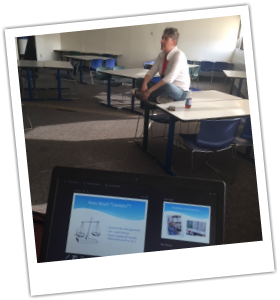
Since we wanted to ensure that participants would get a chance to both experience a centers-based classroom and work in groups to network and learn from one another, we spent a few hours in the room on Thursday night, rearranging furniture and going over our ppt.
On Friday afternoon, we welcomed approximately 40 participants to our session, and shared our vision, concerns, successes and challenges with this teaching model.
Participants also had the opportunity to work through some of the centers from our most recent unit, on Fractions, Ratios, Decimals and Percents.
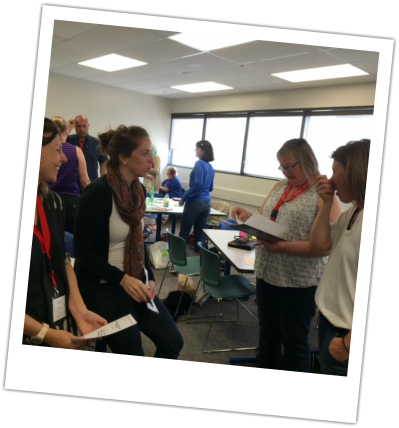
I like facilitating sessions like this, where I don't have all the answers. It generates excellent discussion amongst participants, and forces me to think about the pedagogical decisions I make, and why I make them. I always walk away with many affirmations and ideas for improvement!
Hopefully the participants felt equally enthusiastic about our session.
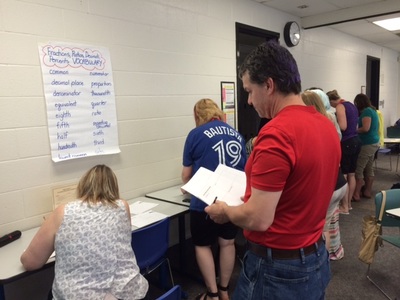
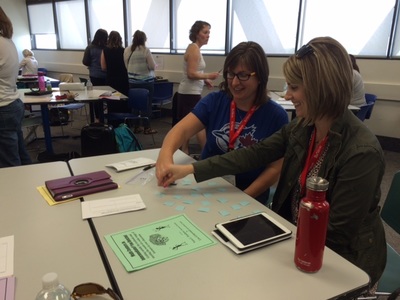
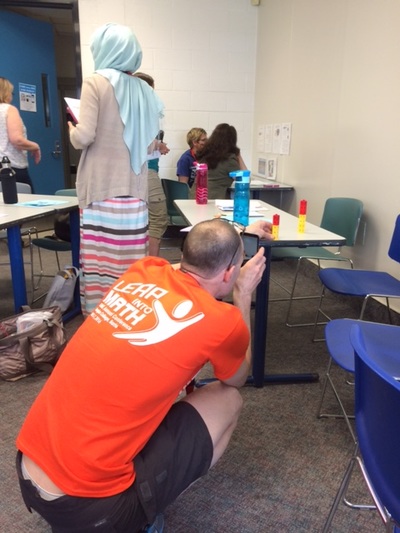
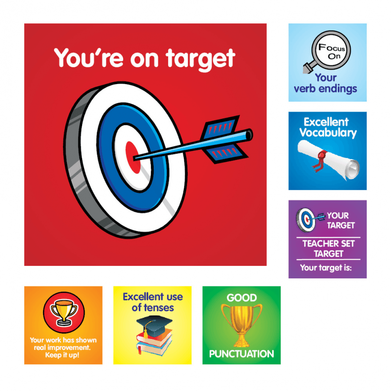
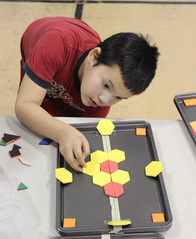
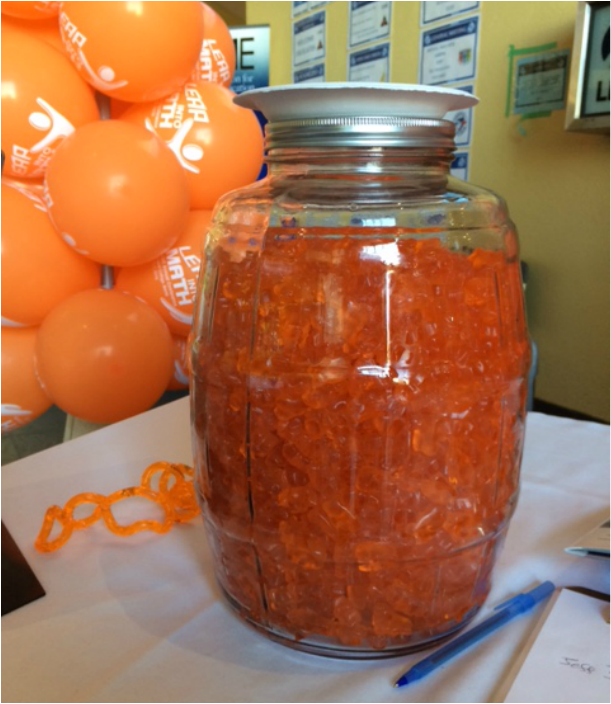
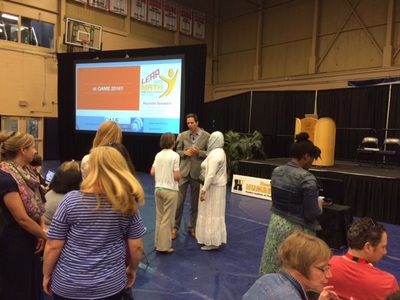
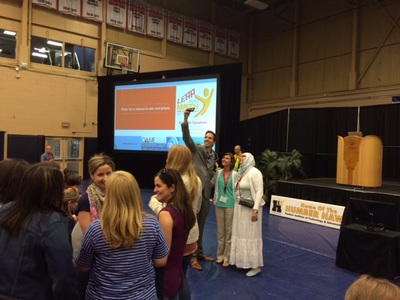
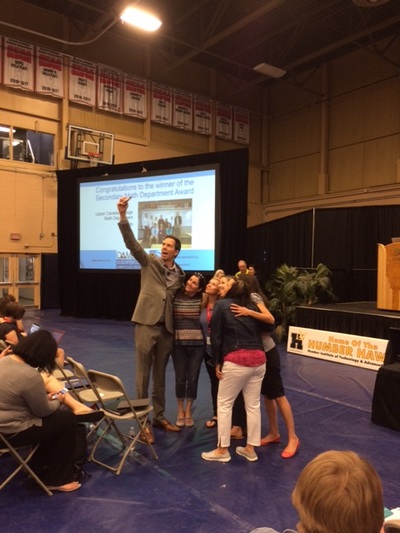
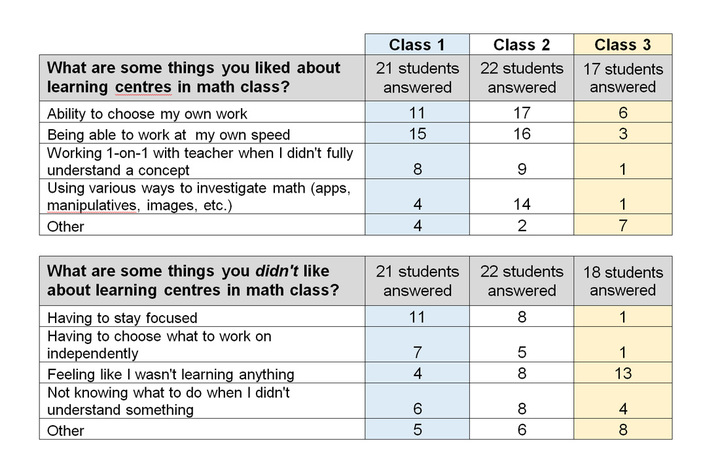
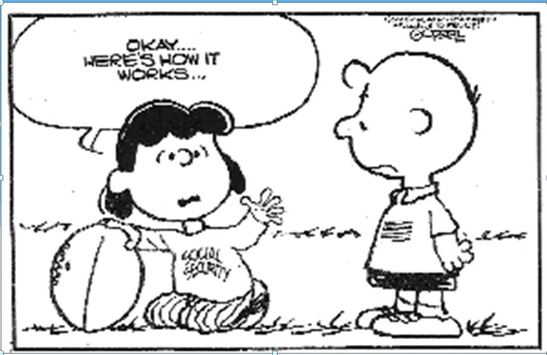
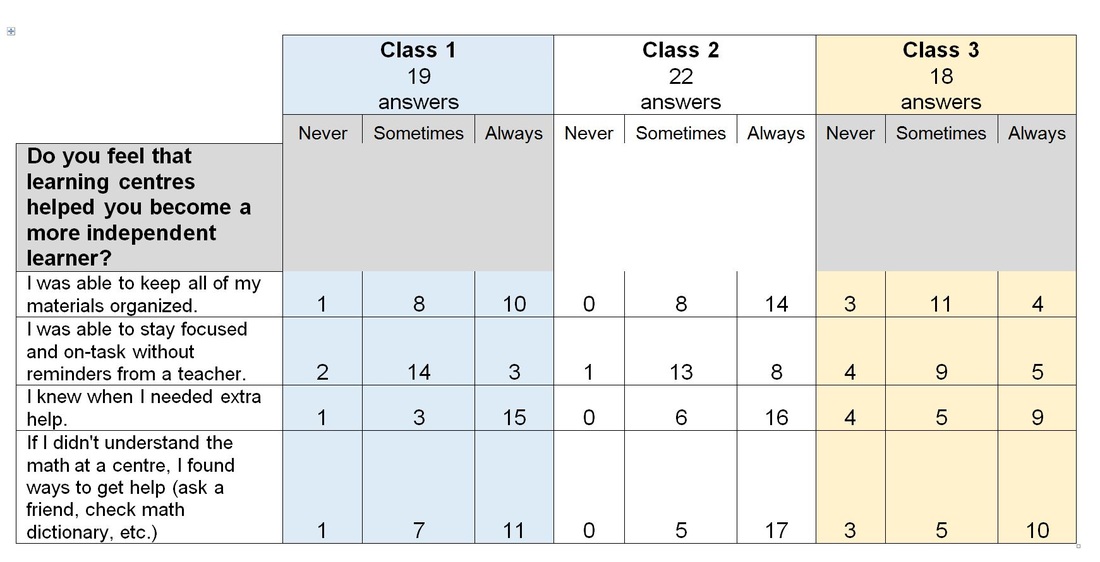
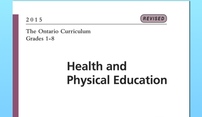
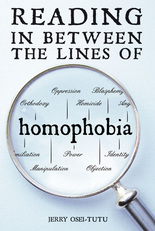

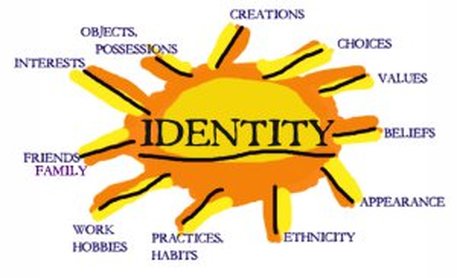
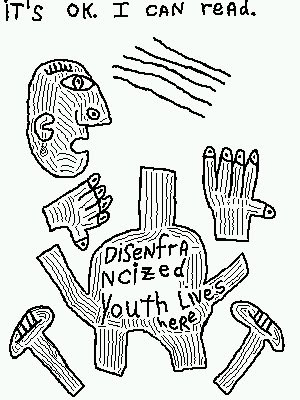
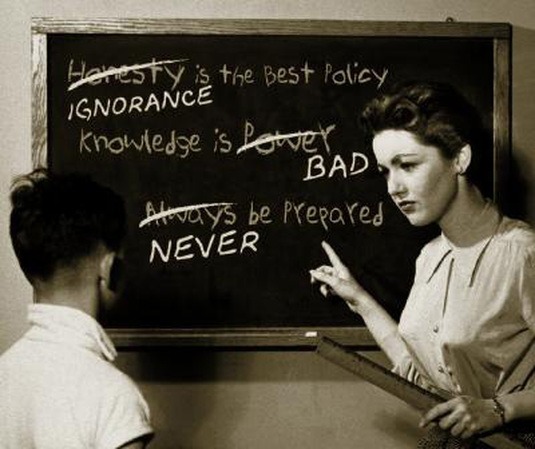


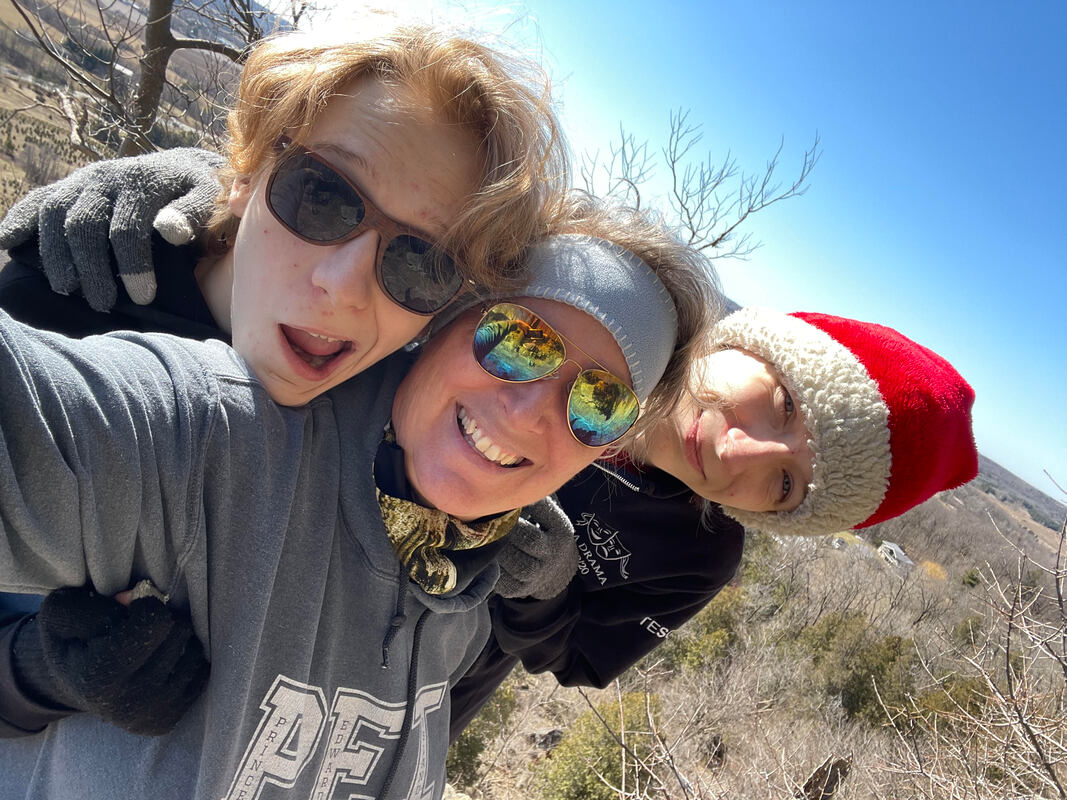
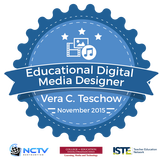
 RSS Feed
RSS Feed